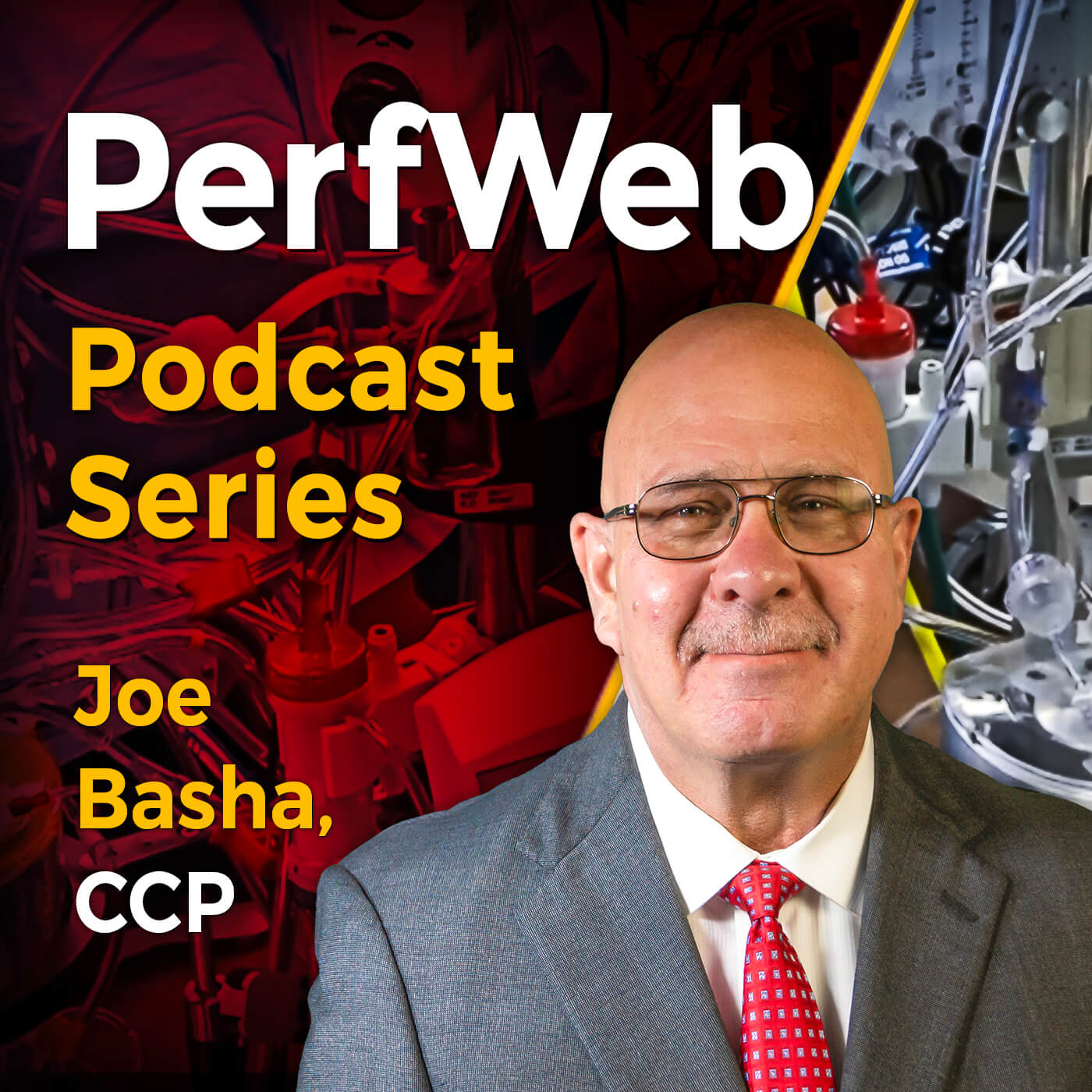
32.4K
Downloads
353
Episodes
Brought to you by PerfusionEducation.com. These programs are replays from our live PerfWeb series programs. The programs discuss all topics related to Perfusion and perfusion related topics. The ultimate podcast designed for perfusion, perfusionists, ECMO specialists, anesthesiologists and critical care nurses. This podcast is a grate source of knowledge for Critical Care Nurses, CRNAs, NPs, PAs, and Physicians. Our Apps: Critical Care App: https://mediweb.us/critical-care-app/ The ultimate perfusion mobile application designed for perfusion, perfusionists, ECMO specialists, anesthesiologists and critical care nurses. This helpful perfusion tool and critical care app is very useful to manage your patients on cardiopulmonary bypass, on ECMO and in the critical care unit. This tool is a multi functional perfusion calculator, mobile perfusion app, designed with the perfusionist, ECMO specialist and critical care nurse in mind. Categorized to easily find what you need, and includes the popular calculators that perfusionists, critical care nurses and ECMO specialists need on a routine basis. Free updates will be available for users of this perfusion tool, critical care nursing tool, and ECMO specialist tool. IV Medication Calculator https://mediweb.us/iv-medication-calculator/ The ‘IV Medication Dosage and Rate Calculators’ App is a quick and simple reference tool for Critical Care Nurses, CRNAs, NPs, PAs, and Physicians to calculate IV Medication Dosages and Rates. This all-purpose app will calculate critical care medications like Dopamine, Lidocaine and Heparin to anesthesia medications like Propofol, Vecuronium, and Precedex. It will calculate your IV single doses and infusion rates including weight-based medications. It will calculate IV rates in ml/hr and gtts/min. This straightforward app is operated easily from your devise without the need for WiFi.
Episodes

Thursday Jul 08, 2021
Thursday Jul 08, 2021
Dr. Juan Carlos Zubieta, and perfusionists Rebecca Bolkavac and Joe Basha discuss ECMO as a bridge to transplant for patients suffering from pulmonary hypertension.

Wednesday Jul 07, 2021
Wednesday Jul 07, 2021
Dominic Cappolletti, CCP lectures and discusses the current state of Ventricular Assist Devices and Total Artificial Hearts. Our experienced panel participates in the discussions and share their collective experiences.

Tuesday Jul 06, 2021
Joe Basha's PerfWeb #29 —Sublingual Sidestream Dark Field SDF Imaging— Perfusion
Tuesday Jul 06, 2021
Tuesday Jul 06, 2021
Keshen Mathura, M.D., PhD, founder, developer and chief science officer of MicroVision Scan, Inc, a device that uses Side-stream Dark Field Imaging (SDF) to view, in real time, the capillary bed and flow through the microcirculation.

Monday Jul 05, 2021
Monday Jul 05, 2021
Excellent presentation and discussion of recirculation in your V-V ECMO circuit. Single or double cannulation techniques and learn how increased flows and volume changes can affect the amount of recirculation and thus, the effectiveness of your Extracorporeal Membrane Oxygenation (ECMO) therapy.

Friday Jul 02, 2021
Friday Jul 02, 2021
John Ingram, CCP gives an excellent review on metabolic alkalosis and how it is treated in the critical care unit. John describes the etiology, clinical significance of and also the degree to which this finding is understood and treated.

Thursday Jul 01, 2021
Thursday Jul 01, 2021
Excellent discussion and review of opinions and data from key opinion leaders in the area of cardiac surgery. Discussions about patient outcomes, safety, effectiveness, advantages, disadvantages, appropriateness, and when an off-pump or on-pump technique should be considered.

Wednesday Jun 30, 2021
Wednesday Jun 30, 2021
ECMO (Extracorporeal Membrane Oxygenation) patient selection is a complex and often difficult decision for any healthcare provider that orders or decides on the appropriateness of ECMO therapy for their patients. Learn the absolute inclusion and exclusion criteria, but also learn from the discussions about the relative indications and contraindications from a group of ECMO leaders and experts.

Tuesday Jun 29, 2021
Tuesday Jun 29, 2021
Panel discussion about hyperkalemia while coming off bypass. There exists a lot of variability on how elevated potassiums are tolerated by clinicians. Hear experiences from the field on how many different practices view what too high a potassium is and how and when it gets treated prior to weaning from bypass.

Monday Jun 28, 2021
Monday Jun 28, 2021
The de novo use of Del Nido cardioplegia in adult cardiac surgery has gained in popularity, many variations to the original Del Nido formula have come into vogue. Is this a safe cardioplegia strategy? Does Del Nido save time and expense for routine CABG or valve surgeries? Hear some great discussions from practicing clinicians that are familiar and also use the Del Nido cardioplegia formula.

Friday Jun 25, 2021
Friday Jun 25, 2021
Controversies in perfusion and cardiac surgery are commonplace. This program explores the controversial topic of transfusion and the lowest acceptable hematocrit on pump. The panel also discusses ultrafiltration, flow rates, and RAPP.
Cardiac surgery procedures usually involve the use of cardiopulmonary bypass and cardiac arrest. In consequence, myocardial protection is essential. Inadequate protection may cause myocardial stunning, cell apoptosis, and infarction. The search for an ideal cardioplegic solution has continued since the very beginning of cardiac surgery. Plenty of solutions are available, both commercial and self-made. Yet, there are no guidelines referring to the use of a specific solution, and the literature does not clearly confirm the superiority of one over another.
Controversies in Perfusion, Blood Transfusions
